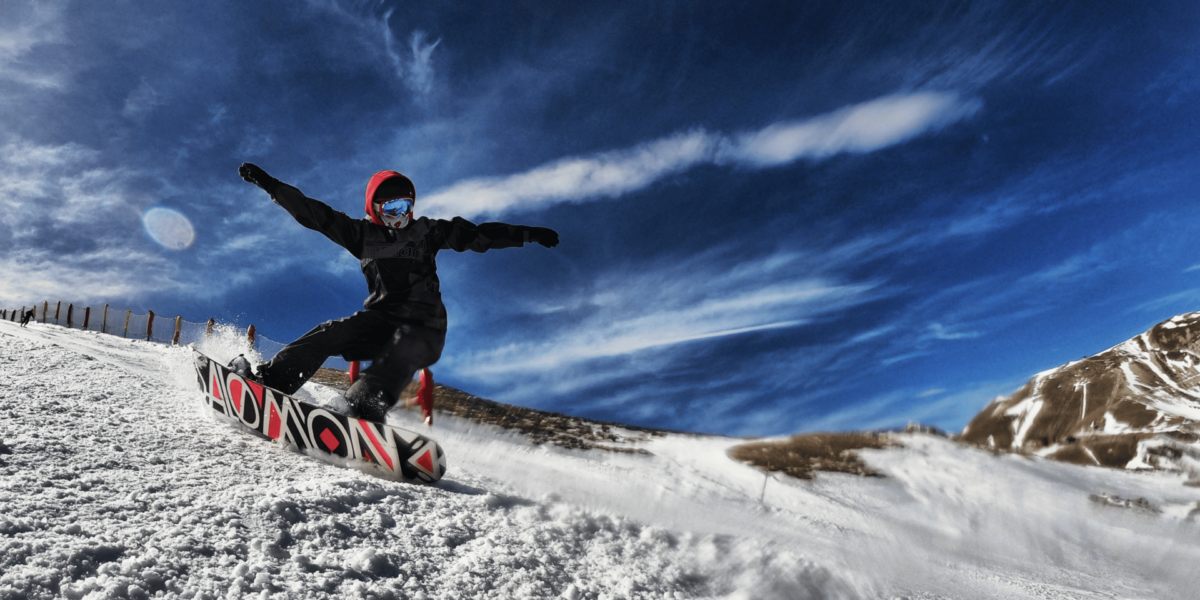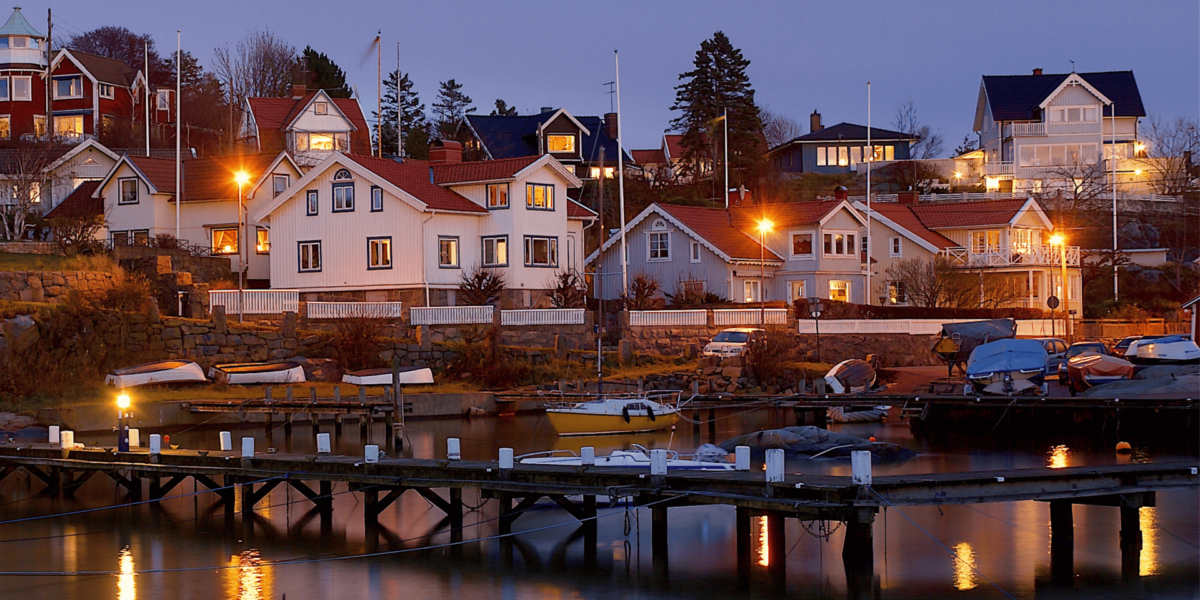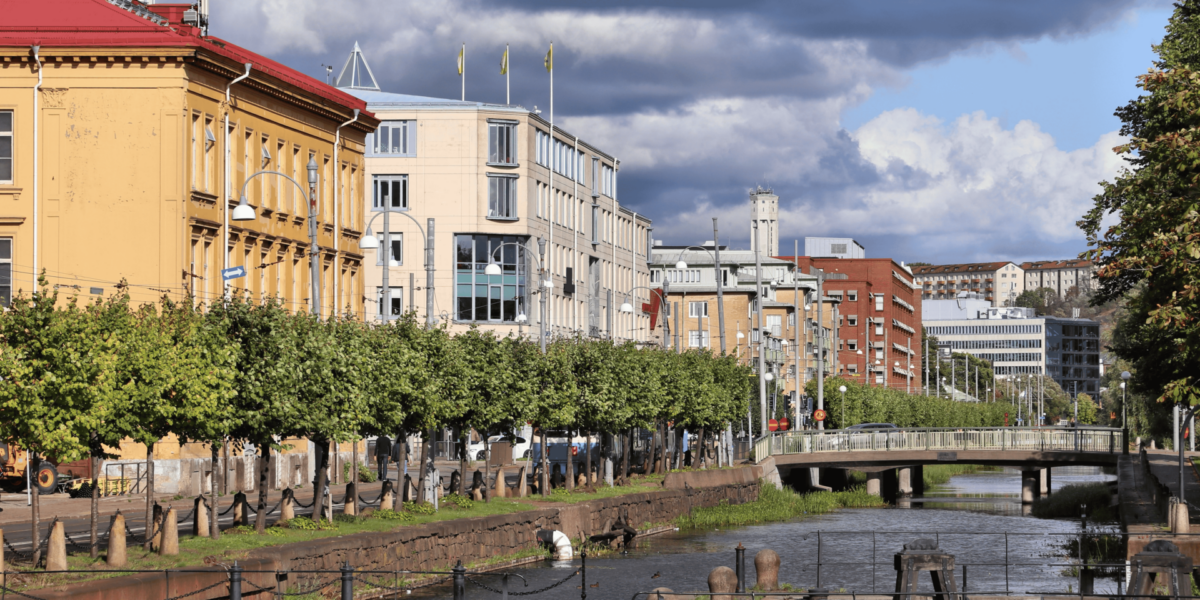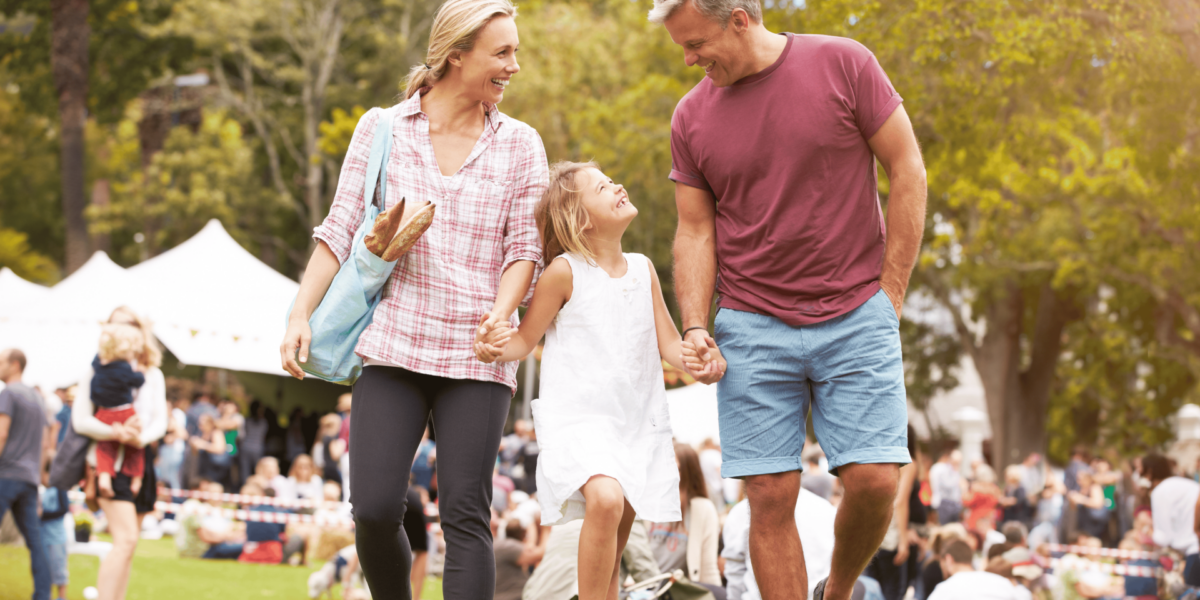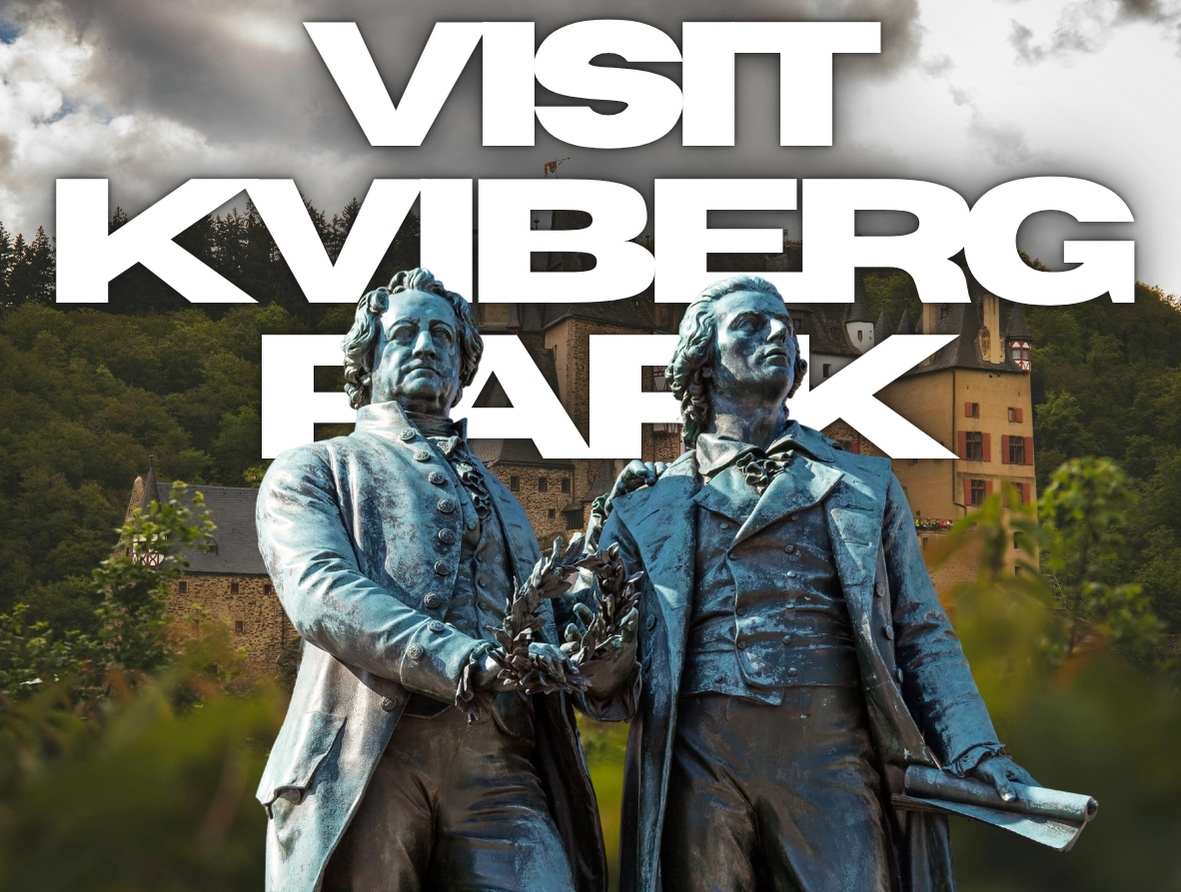Kviberg Is More Than a Sports Facility
Kviberg Park in Gothenburg serves as more than just a place to play. It functions as a hub where sports activities influence how people connect, work together, and build stronger neighborhoods. The range of local teams, fitness programs, and organized events gives the community a shared identity rooted in movement and participation.
From early mornings to late evenings, the park fills with people of different ages and backgrounds, each using the space in their own way. Sports here do more than improve fitness—they help create a sense of belonging.
Local Clubs Build Consistent Community Involvement
Several sports clubs call Kviberg home, offering regular training and events for football, handball, martial arts, and more. These clubs create routines that pull participants back week after week. Parents drive their kids to training, teammates meet to improve together, and volunteers show up to manage schedules and gear.
This regular contact strengthens local ties. Players form friendships that continue outside the field. Families meet through shared schedules. Coaches become role models, not just in sports, but in everyday life. These relationships create long-term commitment to the community.
Youth Sports Offer Structure and Support
Kviberg’s youth programs provide structure during after-school hours and weekends. These programs give children and teens a reliable place to be active and safe. Coaches teach rules, strategy, and discipline—but also communication, teamwork, and responsibility.
The benefits stretch beyond the games. Young athletes learn how to work through problems, handle pressure, and support one another. These lessons help build social awareness and confidence that carry into school, home, and future careers.
Adult Leagues Strengthen Local Networks
Kviberg supports adult leagues that meet regularly for football, floorball, and fitness training. These teams create opportunities for residents to stay active while building new friendships. Many players come from nearby neighborhoods or workplaces, and the games serve as both physical activity and social connection.
These local leagues bring people together across professions, age groups, and languages. Whether playing in competitive matches or casual tournaments, participants invest in the same community space, reinforcing a shared sense of ownership.
Sports Events Attract Crowds and Boost Local Pride
Kviberg regularly hosts tournaments, exhibitions, and open training days. These events draw crowds that include family members, fans, and visitors from other parts of Gothenburg. The atmosphere changes when an event takes place—there’s more energy, movement, and interaction.
Local pride grows when teams represent Kviberg in regional matches. Residents cheer for hometown athletes, support local vendors, and take part in pre- and post-game gatherings. These events turn the park into a meeting point where identity forms around shared goals.
Public Facilities Keep Sports Accessible to Everyone
Kviberg’s open-access areas include running paths, gym spaces, and fields available without club membership. These facilities ensure that everyone—regardless of skill level or background—can participate in physical activity. People walk, run, skate, or stretch in spaces designed to be inclusive.
Accessibility builds community through openness. A person may start with casual exercise and later join a local program. Others may use the space simply to meet friends or relax. The more people use the park, the more they contribute to a sense of shared space.
Multicultural Participation Reflects Gothenburg’s Diversity
Kviberg attracts people from many different cultural backgrounds. Local sports programs offer entry points for new residents to meet neighbors and learn how the community works. Language becomes less of a barrier when the shared language is teamwork and fair play.
Inclusion through sports leads to long-term social integration. Newcomers feel more comfortable joining activities, volunteering, or attending events. Kviberg’s diverse programs show how local sports can support both fitness and cultural understanding.
Volunteers Power the Community Sports Model
Much of Kviberg’s sports success depends on volunteers. Parents coach youth teams, students help run events, and retired residents assist with facility upkeep. These volunteers build stronger connections to their neighborhoods through hands-on involvement.
Volunteering also teaches leadership and trust. When people give their time to support sports programs, they help shape the future of their own community. Their effort keeps activities running smoothly and creates visible examples of civic engagement.
Health and Wellbeing Improve Through Active Living
Kviberg encourages active living by giving residents easy ways to move and engage with others. Whether it’s a team practice or a solo run, regular physical activity helps reduce stress and improve mental focus. These benefits increase community wellbeing as a whole.
Healthy individuals contribute more to their neighborhoods. They work better, support others, and stay engaged in social events. Kviberg’s setup supports this cycle, where better health leads to stronger community life.
Kviberg Builds Routine in an Unstructured World
In an era where people spend more time online and less time outside, Kviberg offers a place to return to again and again. The park becomes part of people’s weekly habits. A Tuesday practice, a Friday match, a Sunday run—these small routines help create stability and focus.
When a space offers both routine and flexibility, it becomes essential to everyday life. Kviberg isn’t just where sports happen—it’s where people find rhythm, connection, and community through shared movement.
Sports Strengthen Kviberg’s Community Fabric
Kviberg shows how local sports can shape more than athletes—they shape entire communities. Through structured programs, open facilities, and shared events, people connect across age, culture, and skill level. Youth find guidance, adults form networks, and newcomers build roots. In every practice and every match, Kviberg supports something deeper than sport—it builds the foundation of local life, one connection at a time.
